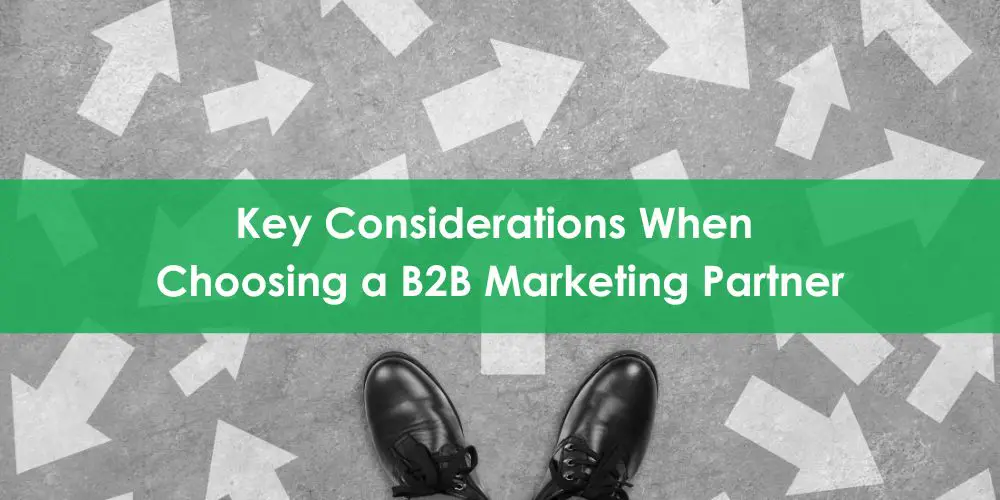Identifying Digital Marketing KPIs for the Construction Industry
Digital marketing is a crucial tool for giving your construction industry company a competitive edge. Our recent blog posts have explored how construction industry marketing differs from other industries, and the importance of setting clear goals to establish your digital marketing strategy. Another key component of your construction company digital marketing strategy is identifying Key Performance Indicators (KPIs). KPIs are the data metrics you will monitor to help you define success. If your goal is to generate leads, what pieces of data will indicate the progress you’ve made towards achieving that goal? How do you track those KPIs so you’re always ready to demonstrate the positive ROI of your digital marketing efforts?
Before we dive in, remember that you don’t have to work through these complexities alone. Successful companies in the construction industry are focused on driving sales and performing excellent work for their customers–which is why the right digital marketing partner can make a huge difference to your bottom line and allow you to focus on what you do best. ZAG FIRST B2B Marketing is a digital marketing agency for construction companies–we’ve zeroed in on your industry and spent years learning its complexities and nuances, so we can help you develop your KPIs, track your data, and achieve real business results.
The best digital marketing KPIs for the construction industry marketing
Select metrics that are relevant to your specific business and closely tied to revenue and leads. Remember that not all companies are created equal, and you can’t use a one-size-fits-all approach to data tracking. The metrics that one company uses to measure lead maturation may not work for every other company. Be prepared to adapt your goals once you’ve put your marketing plan in place–as you get going, you may find that some KPIs are much more indicative than others of future revenue increase.
Identify the pieces of data you want to track at the beginning of your marketing journey, then track that data consistently, monitor results, and adapt your tactics accordingly. The KPIs you choose will differ based on the stage of the sales cycle you’re focusing on:
- Prospects at the beginning of the sales funnel are in the “awareness,” stage, where they’re just starting to identify their needs and explore potential solutions. Some good KPIs to consider at this stage are unique site visitors (including geographic location and time/length of visit), opt-ins to your newsletter, social media engagement (likes, follows, etc.), and most popular website pages and blog posts.
- Prospects in the middle of the sales funnel are in the “consideration” stage. They’ve recognized a problem, and are now evaluating its urgency and all its potential solutions. At this stage, you’ll want to demonstrate your expertise in a variety of ways to meet their need. Key KPIs include blog post views, gated content downloads, email opens (and click-through rate), and webinar attendance.
- Prospects at the bottom of the funnel are in the “decision” phase, and are ready to make a purchase. They’ve researched different solutions, selected what they want, and are making the final decision about which company to contract with. Monitor any behavior that causes them to buy, and track metrics like conversion rate (number of legitimate contacts out of total traffic), revenue per customer, and cost per lead (total marketing spend divided by total revenue).
And of course, your marketing strategy should include some ongoing KPIs that aren’t necessarily part of the sales funnel (for example, leading indicators for prospects that are above the funnel). These can include search engine ranking (a list of keywords you’re ranking for), social networking engagement, and market share.
Beware of vanity metrics
Some metrics look good on paper but don’t actually provide useful data to inform future marketing strategies. 200 Facebook “likes” may make you feel good, but you can’t bring it to the bank. So steer clear of KPIs that demonstrate only an increase in brand visibility, rather than an increase in qualified leads or authentic customer engagement. Consider partnering with a digital marketing agency for construction companies, that understands the difference between vanity metrics and the data that is truly important to your goals.
If you’re still unsure where to start, some good non-vanity metrics to track include:
- Qualified leads
- Customer acquisition cost (an approximation of the total cost to gain a new customer)
- Time spent on your construction company website
- Bounce rate (the percentage of visitors to your site who leave after only looking at one page)
- Conversion rate (the percentage of users who engage with a digital marketing tactic and subsequently make a purchase)
The bottom line
The only way to determine the ROI and effectiveness of each component of your digital marketing strategy is through constantly monitoring KPIs and analyzing your data. There’s not necessarily a right or wrong answer when it comes to tracking KPIs, as long as the results you’re monitoring align with your business goals. And be sure to monitor your KPIs consistently, so you can see the results of your digital marketing efforts in real time and make changes accordingly.
If you need support with construction industry marketing, we’d love to chat with you. We have years of experience as a digital marketing agency for construction companies, and we can leverage our expertise and bandwidth to help your business thrive. Get in touch with us today to learn more!





